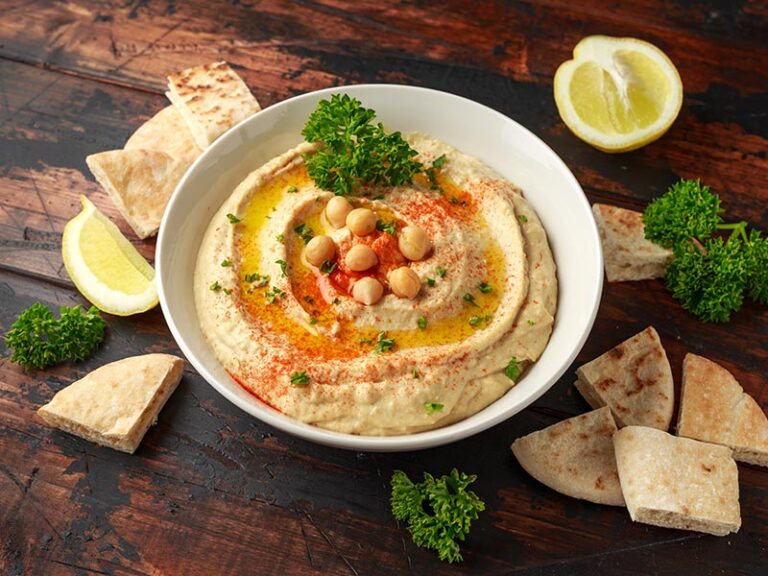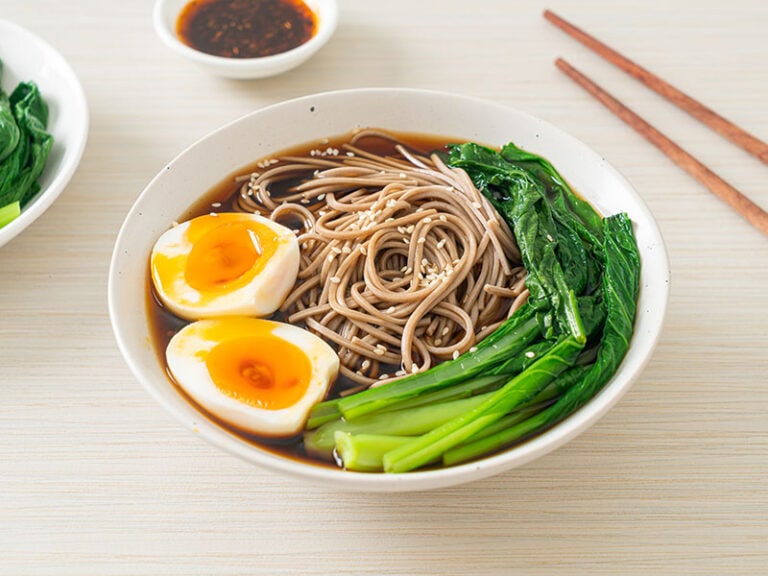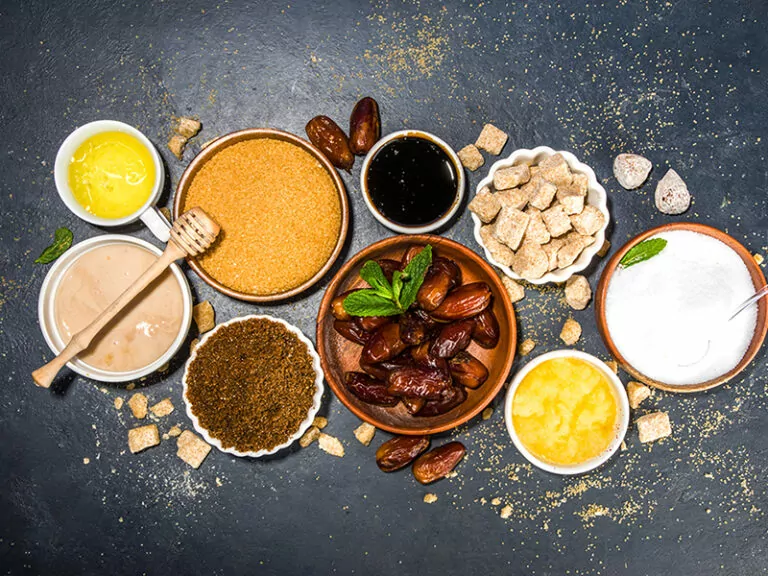Are Starburst gluten-free? This is perhaps the most frequently asked question from the fans of Starburst who want to enjoy this delicious soft candy but don’t want to include gluten in their diets.
Since Starburst comes in multiple varieties with distinct flavors and textures, it’s hard to know if one specific type contains gluten. Therefore, I will discuss every basic characteristic and component of a Starburst product to give you a detailed answer.
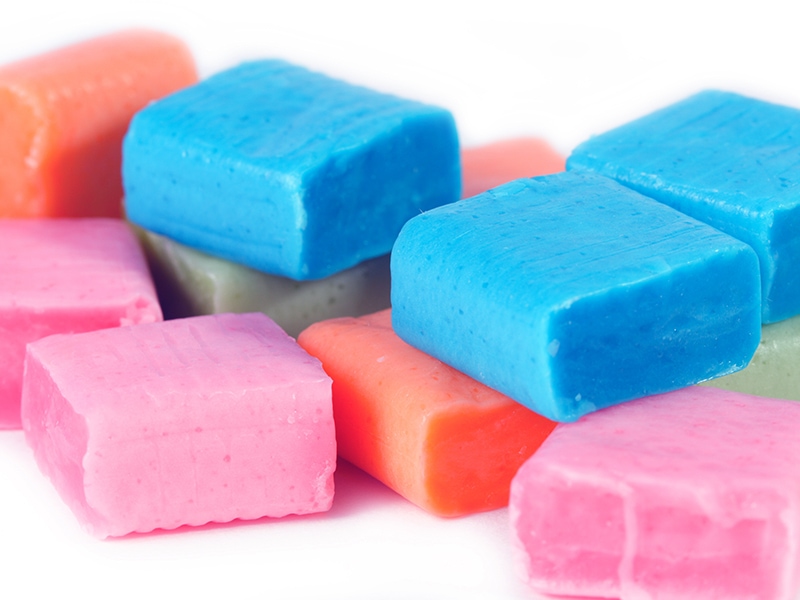
An Overview Of Starburst
Generations of US citizens have been familiar with the soft, box-shaped, and fruity-flavored candies packed in the paper wrap called Starburst. This favorite treat features a variety of flavors, such as Sour, Tropical, Superfruit, FaveREDs, or Original.
The mesmerizing flavors and chewy texture of Starburst are so pleasant and unique, making many customers wonder what Starburst candies are made of. If you have the same question, follow the section below and discover the ingredients of Starburst.
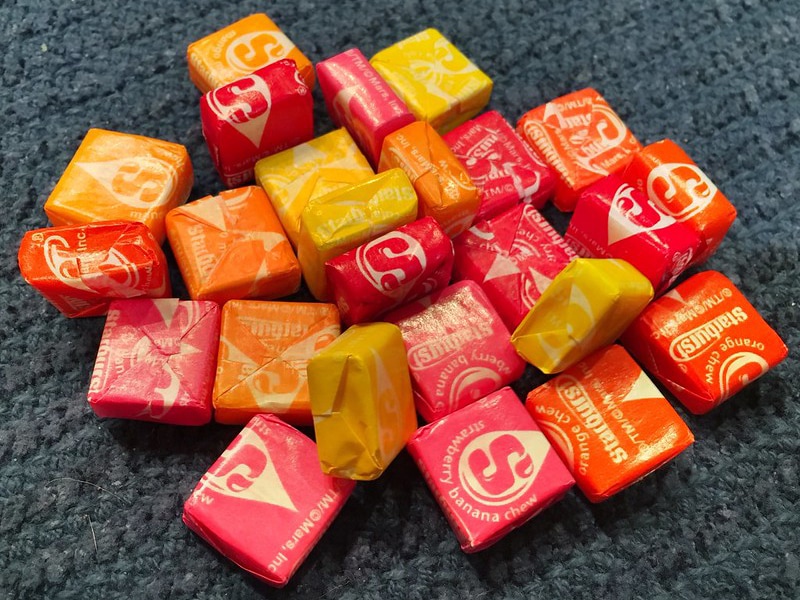
The burst of flavors and satisfaction in each bite is the inspiration for Starburst’s name.
What Ingredients Does A Starburst Product Contain?
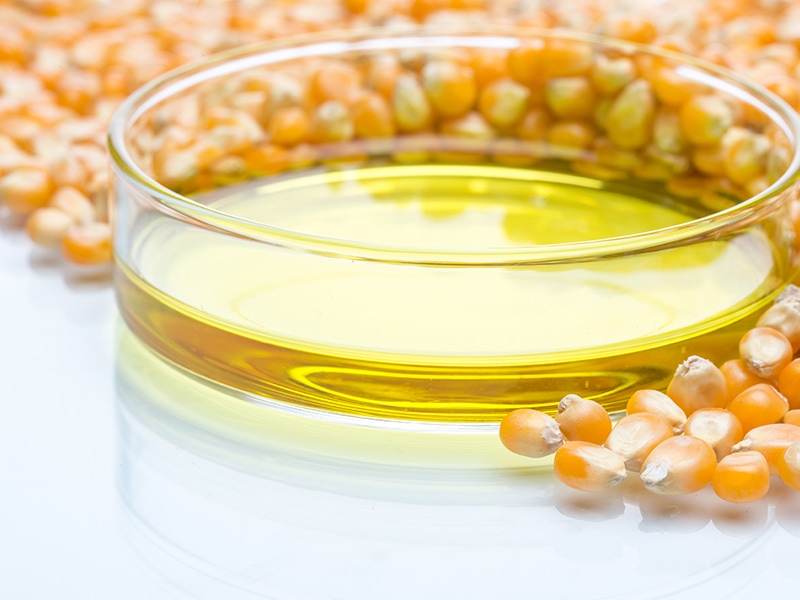
The ingredients used for making Starburst products vary on each variety and flavor. Therefore, the components of Starburst lollipops, candy cones, fruit chews, or jelly beans are not the same.
The exact proportion of each substance and allergen is unknown since the brand keeps its recipes a secret. However, most of these products combine some basic sweeteners and core ingredients like
- Sugar
- Corn syrup
- Palm fat
- Citric acid
- Natural and artificial flavoring materials
- Coloring additives
- Food starch-modified
- Fruit juice from fruit concentrates like apples, strawberries, and lemon
- Dextrose
- Antioxidant ascorbic acid
The ingredients’ properties and allergens are also displayed clearly on the brand’s website and product labelings. For example, candy canes don’t contain any harmful chemicals like fat, sodium, or cholesterol.
However, Starburst products still have color additives, additional sugar, and artificial flavorings that will negatively affect your health when consumed in a large proportion.
Here is how the infamous Gourmet Starburst was made by a professional chef.
All The Varieties And Flavors Of Starburst
Here is a list of Starburst candy’s most popular varieties:
- Starburst Chews: Original Fruit, FaveReds Fruit, All Pink, and Duos.
- Starburst Gummies: Sources and Original Gummies.
- Starburst Airs: Original and Sour Tropical
- Starburst Minis: Original and FaveReds
- And some popular Starburst candy’s fruity flavors: Orange Cream, Peaches & Cream, Guava, Banana, Grape Slushie, Green Apple, Tropical punch, and Fruit Punch.(1)

The Starburst fruit chew products were invented in the United Kingdom in 1960!
Does Starburst Contain Gluten?
The good news for the fans of Starburst with celiac disease is that most Starburst candies and consumable products sold in the US don’t contain gluten. However, people with allergies to gluten should check the product’s labelings or certifications carefully before trying.
So, when are Starbursts safe to eat? What should people with celiac disease do to eat Starburst safely? Follow the sections below, and I will show you.
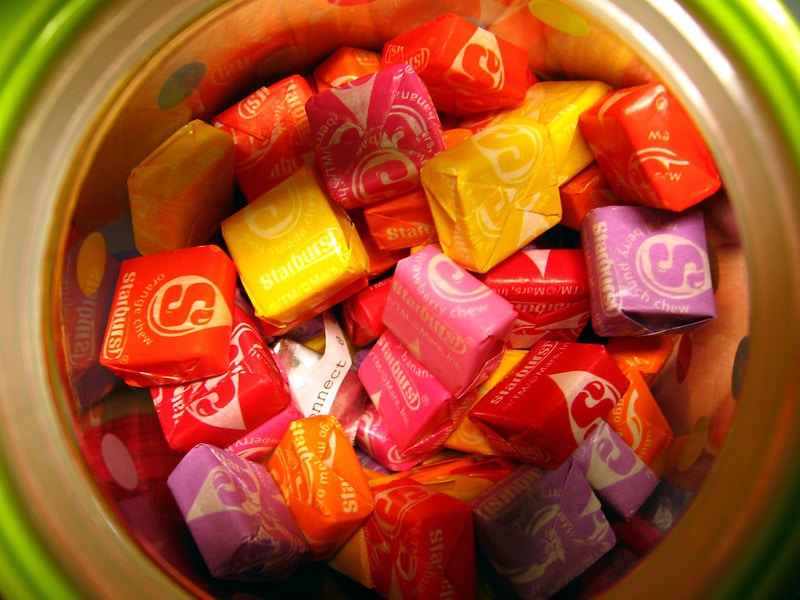
Most Stardust products distributed in the US are gluten-free!
Are All Starburst Free Of Gluten?
Although the company claims that its candies are gluten-free, there haven’t been clear gluten-free certifications for most Starburst products. In addition, whether Starbucks is gluten-free or not depends on the region they are distributed.
In countries like the US or Canada, Starburst candies don’t contain any gluten-carrying properties. However, the products sold in New Zealand or Australia may contain some components like thickener or glucose syrup, which are not gluten-free.
Glucose syrup is processed from gluten-carrying ingredients like wheat or barley. Though it’s highly purified and safe, there’s still a minor chance of allergy or food poisoning for people with celiac disease.
The Risk Of Cross-Contamination In Starburst Products
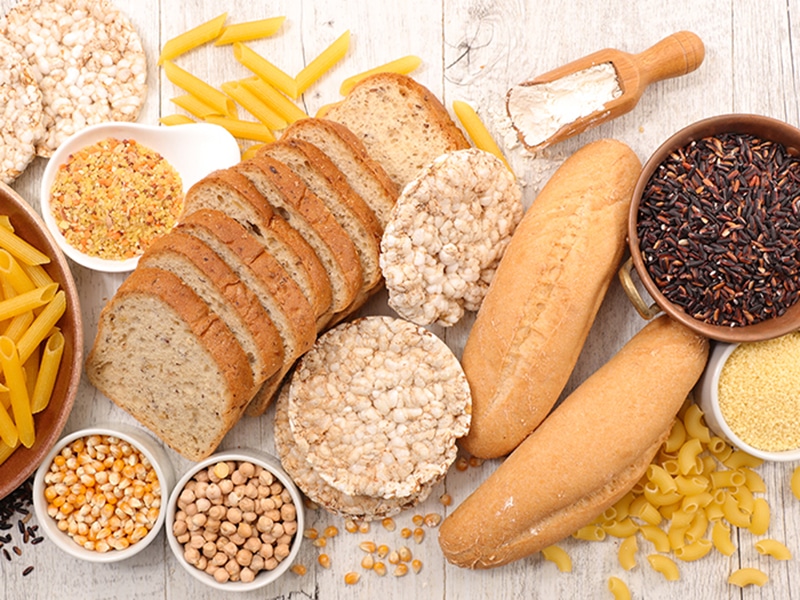
A gluten-free Starburst candy may contain gluten if it comes into contact with a gluten-carrying tool or product. This process is called cross-contamination(2), which can occur via the production of your Starbucks candy and the way you consume it.
For example, you may leave your unboxed Starburst candy in the fridge with other gluten-carrying food like candies, bread, and sweet treats. The gluten-carrying allergens and chemicals will spread through the air and contaminate your Starbursts.
Another place where cross-contamination frequently occurs is the restaurants, ice cream shops, and sweet treat stores. These places often use Starburst candies as an ingredient for many of their dishes and sweet treats.
The servers in these shops may use the same tools, such as utensils, countertops, containers, cutting boards, and food processing equipment for all ingredients, including those containing glutens.
As a result, the risk of cross-contamination is very high when the Starbursts are exposed to these cooking equipment. The gluten-carrying properties may also spread from human hands to Starburst if you previously touched gluten-carrying food.
Here is a brief view of cross-contamination and helpful tips to prevent it.
Can People With Celiac Disease And Gluten Allergies Consume Starburst?
For the reasons discussed, an authentic and original package of Starburst candy should be safe for people with celiac disease and gluten allergies in the US. However, you must follow some safety measures and precautions to avoid cross-contamination.
Whether you live in the US or not, it’s always advisable to check the product labeling of Starburst products carefully before purchasing. Ensure they don’t contain any derivatives or proteins from ingredients like wheat, rye, barley, Kamut, or malt vinegar.
You should prioritize the Starbucks candies and products that have been advertised as gluten-free. Also, avoid the fake and low-quality Starbucks candies provided by unreliable sources.
If you simply don’t want to include gluten in your diet, it’s totally fine to eat the starburst candies served in sweet treats from restaurants and fast food stores. A tiny proportion of gluten won’t do any harm to your body.
However, people with severe allergies to gluten or celiac disease should only consume the original and unopened Starburst candies. Also, avoid leaving an unwrapped Starburst in the fridge for too long or expose it to other gluten-carrying food and ingredients.
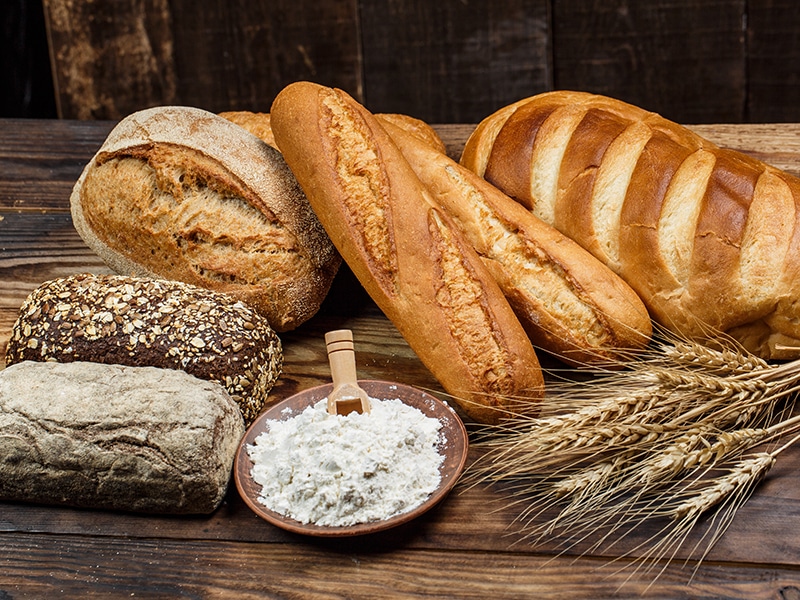
Is There Any Gluten-Free Certification For Starburst?
Unfortunately, there haven’t been any official gluten-free labels for Starburst products. In addition, Mars-Wrigley (the owner of Starburst) doesn’t reveal much about their product’s nutrition information, making it hard to testify to the gluten-free quality of Starbursts.
However, you can rest assured that they don’t feature any ingredients that contain gluten, especially in the US. However, the risk of cross-contamination is still high since Mars produces a lot of food varieties, including ones that carry gluten.
Therefore, patients with severe Celiac disease who cannot tolerate gluten at all should avoid consuming Starburst and other sweet treats regularly. Since Starbursts are not gluten-free labeled, there won’t be any legal insurance or guarantee for your health safety.
What Happens If You Get Allergic To Gluten?
Celiac disease, or gluten-sensitive enteropathy, will trigger adverse reactions in the immune system when the patient consumes gluten-carrying food. The reaction starts from your small intestine and will slowly damage the intestine’s lining.
Over time, the intestine’s capacity to absorb nutrients in the food will reduce (also known as malabsorption), causing severe health problems like weight loss, anemia, diarrhea, fatigue, and more complicated effects.(3)
Unfortunately, there haven’t been any effective medical measures to treat Celiac disease completely. The only solution is to follow a gluten-free diet and avoid all gluten-carrying food, even in tiny proportions.
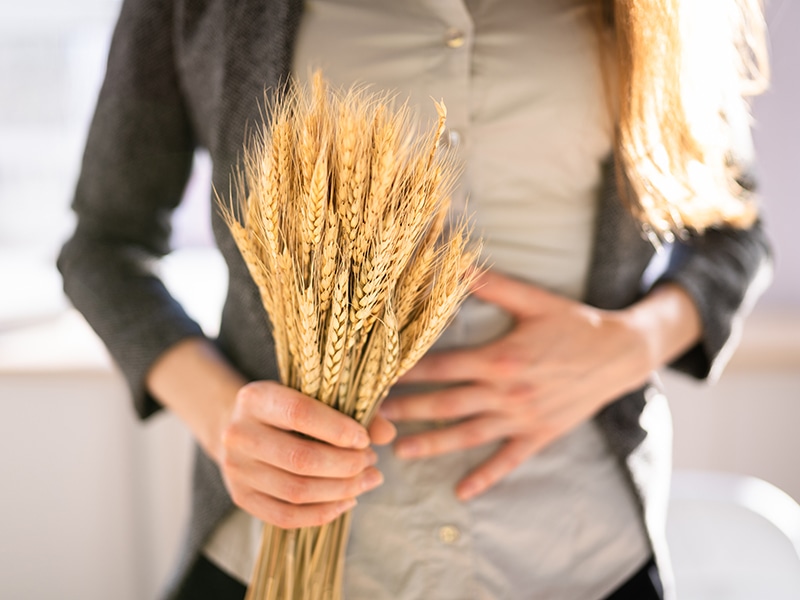
Is Starburst Healthy To Consume?
Despite Starburst’s fantastic and pleasant flavors, it’s not wise to consume this product and other sweet treats regularly. The first compromise of Starburst products is their lack of clear nutritional description and labeling.
Via the provided products’ labelings, it’s clear that there aren’t many valuable nutrients found in Starburst candy, with zero dietary fiber and protein. A 2.07-ounce pack of Starburst candy contains 240 calories and 34 grams of sugar.
Meanwhile, the AHA suggests that the daily sugar intake for a healthy diet should not exceed 24 grams (100 calories) for women and adults and 36 grams for men. Therefore, it’s not even healthy to eat one small pack of Starburst daily(4).
Though Starburst is totally safe to eat, it will bring negative impacts on your health, such as weight loss and decreased brain function, when consumed frequently. Similar to Starburst, you should limit your intake of processed food and sugary treats for a healthier diet.

FAQs
Are your favorite Starburst flavors gluten-free? How to check if a sweet treat or food is free of gluten? Follow this section to discover more helpful tips and information about Starburst.
Starburst Are A Gluten-Free Option, But You Need To Be Careful
In summary, Starburst is gluten-free in the United States, though there wasn’t official verification from the manufacturer. If you really enjoy this sweet treat but want to avoid gluten, ensure to check the products’ labels and ingredient lists carefully before buying.
Meanwhile, people with celiac disease and serious allergic symptoms to gluten should avoid Starburst, especially the unwrapped ones sold in sweet treat shops. There are always risks of cross-contamination in the manufacturing and serving processes.
So, do you have any further questions relating to products? If the answer is yes, don’t hesitate to ask me via the comment section. Last but not least, please like and share this post if you find the provided information helpful. Thank you for your time!
References
- En.wikipedia.org. 2022. Starburst (Candy).
- Healthline.com. 2020. Bacterial Cross Contamination.
- Mayoclinic.org. 2021. Celiac Disease.
- Hsph.harvard.edu. Added Sugar.

